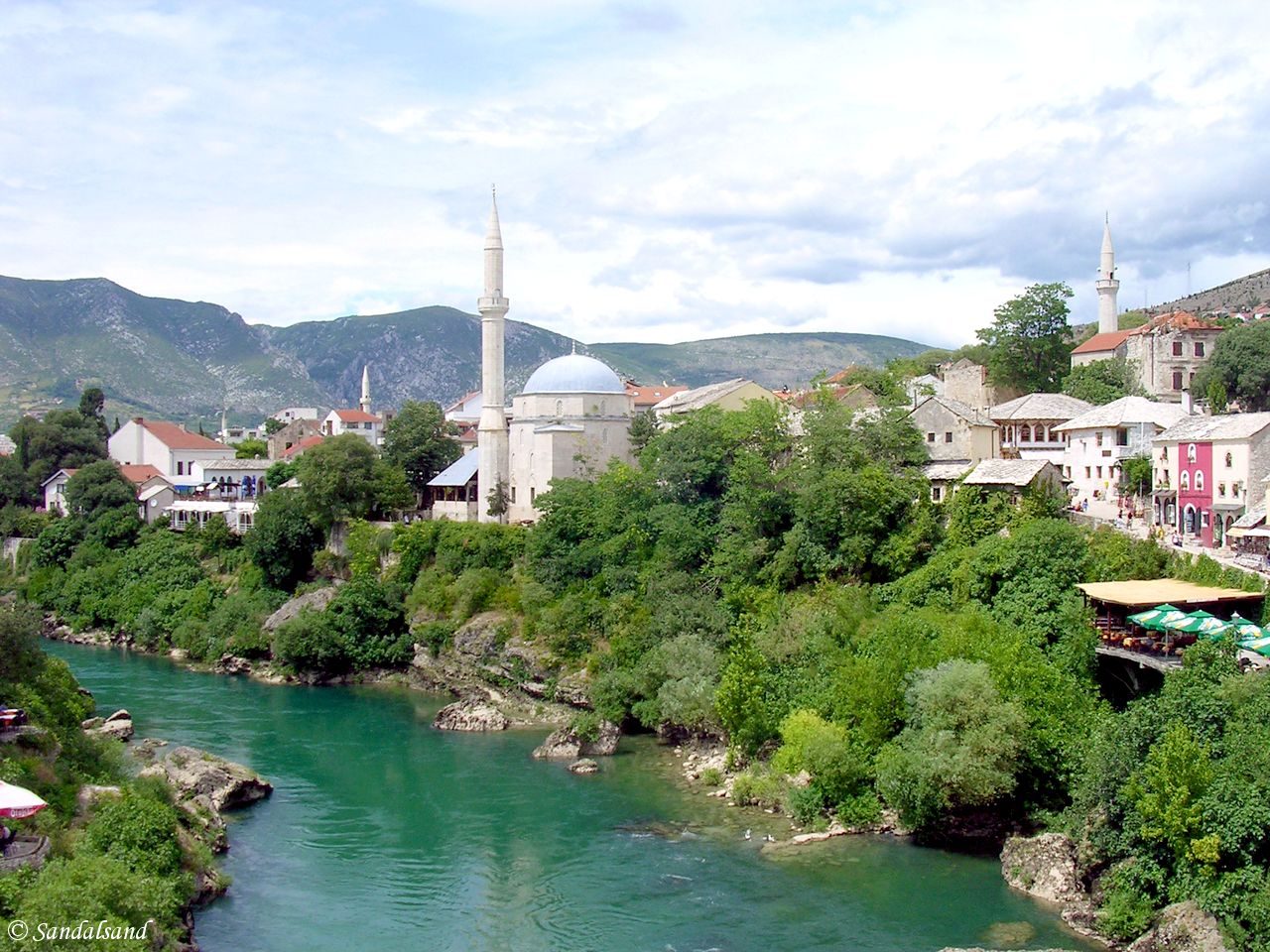The bridge in the Muslim part of Mostar became a World Heritage after its destruction in the civil war. It is now a major attraction.
The UNESCO World Heritage List includes more than a thousand properties with outstanding universal value. They are all part of the world’s cultural and natural heritage.
Official facts
- Full name of site: Old Bridge Area of the Old City of Mostar
- Country: Bosnia and Herzegovina
- Date of Inscription: 2005
- Category: Cultural site
UNESCO’s World Heritage Centre’s short description of site no. 946:
“The historic town of Mostar, spanning a deep valley of the Neretva River, developed in the 15th and 16th centuries as an Ottoman frontier town and during the Austro-Hungarian period in the 19th and 20th centuries. Mostar has long been known for its old Turkish houses and Old Bridge, Stari Most, after which it is named. In the 1990s conflict, however, most of the historic town and the Old Bridge, designed by the renowned architect Sinan, was destroyed.
The Old Bridge was recently rebuilt and many of the edifices in the Old Town have been restored or rebuilt with the contribution of an international scientific committee established by UNESCO. The Old Bridge area, with its pre-Ottoman, eastern Ottoman, Mediterranean and western European architectural features, is an outstanding example of a multicultural urban settlement. The reconstructed Old Bridge and Old City of Mostar is a symbol of reconciliation, international co-operation and of the coexistence of diverse cultural, ethnic and religious communities.”
My visit
I visited Mostar in 2006 after the war and wrote this:
We took the road to old Mostar in Bosnia-Hercegovina, the town renowned for its white bridge from 1566. There was heavy shelling of the town and bridge in the early 1990’s. After the war they reconstructed the bridge and UNESCO put it on the World Heritage List.
We were far from the only tourists, and there was a lot of nonsense in the shops. The town was great anyway with its church spires, minarets and bridge(s).
Browse to the PREVIOUS or NEXT post.


